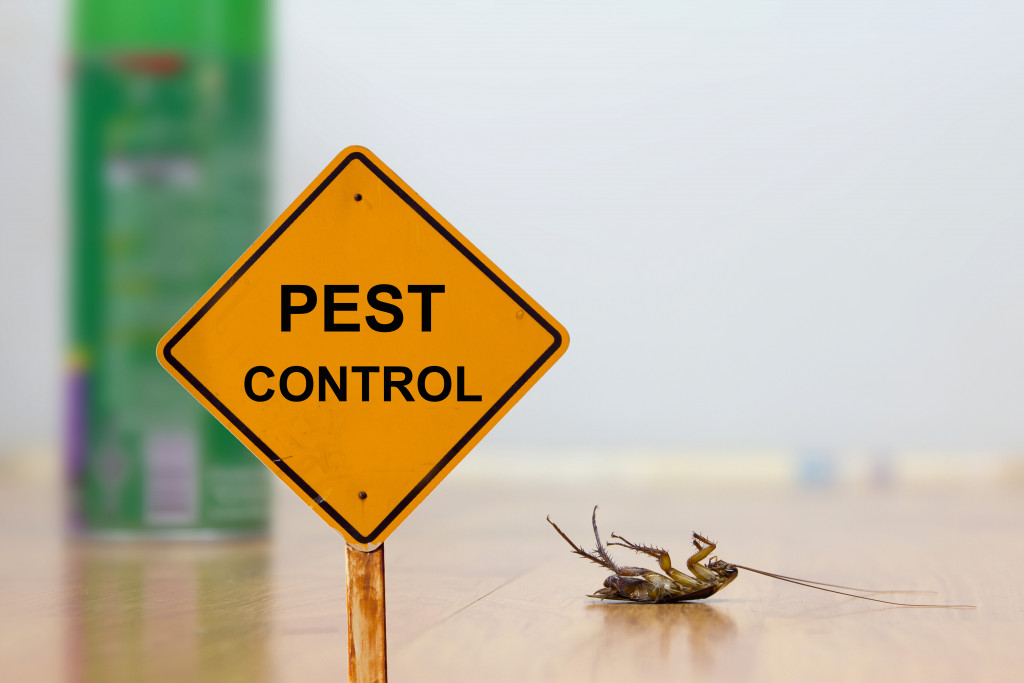Every industry or business needs to innovate to remain competitive. The pest control industry is no exception. There is a veritable deluge of new techniques that make getting rid of these pests more efficient than ever. Adopting modern ways of pest control is good for the community because they replace ineffective or obsolete methods.
However, it should be noted that you may not be at the cutting edge of pest management technologies. If you need any assistance, here are some tips to aid you and help you develop ways to be better at mosquito, pest, or tick management.
The Internet of Things
The Internet of Things (IoT) has a place on the leading edge of innovation because of how relevant it is to current technology and trends. It is the connectivity of computers and machinery with people and things via the internet that we call the Internet of Things (IoT).
To an increasing number of everyday items, ‘smart’ technologies and integrated computers have enabled the capacity to transmit and receive data. We are now enjoying the benefits of IoT in our pest management activities, especially in the automation of pest surveillance.
Pest control equipment with electronic monitoring features, such as pheromone dispensers with sensors, are accessible to the market, especially for traps and other devices that use monitoring devices, such as automated insect monitoring devices (AIM).
Apart from being helpful in their own right, they’re the most effective when linked to other devices through the internet since they alert you or your pest control specialist of vital information. Data is critical in figuring out the extent of an infestation and the efficacy of the therapy in dealing with it.
Innovative Treatments
The introduction of new technology and creative thinking has allowed the introduction of new methods of using heat in pest management.
A new study has shown that insects do not only benefit from heat but also suffer from it. Another modern approach is infrared radiation, which penetrates surfaces where pests hide without damaging the character itself. The intense heat causes dehydration and impairs the normal physiological functions of insects.
This pest control approach is quite different from what most people use since it does not just coat the surface that it is applied to but also uses infrared heat to destroy the insects on the inside. With non-toxic heat treatment, the threat of insects passing on their hardiness to future generations is avoided.
In addition, it doesn’t expose users to potentially hazardous chemical irritants. Additionally, it destroys insects at all stages of development, whether in the larval or adult stages.

Canine Assistants
The recent employment of trained dogs for pest identification and management is a relatively new idea. To rephrase, when it comes to things like bed bugs and termites, dogs can be taught to alert you to the presence of such kinds of pests in your houses.
Canines are often used for this task while working with handlers or trainers. Some believe that dogs have superior olfactory capabilities since they can identify live bugs and eggs using these abilities. It’s ideal since it is environmentally friendly and allows you to connect closer to your canine companion, provided you are responsible for training.
Decorative Pest Control
The use of incandescent light bulbs is nothing new to the pest control industry, but it may be used uniquely with modern technology. Because design and style are considered, you may now use attractive lighting that does not sacrifice your interior value and design.
The specs and effectiveness of different lights are constantly refined and increased as more people use them for pest control. When it comes to improving on fly lights, the most effective bulbs will replace inferior ones.
Fertility Control for Pests
The new pest management technique encompasses avoiding the use of pesticides and other hazardous chemicals. With this in mind, fertility control is helpful for pests.
The use of radiation for the sterilization of insects is generally the norm. During larval development, scientists use irradiation to sterilize insects and then release them into the environment. Once they’ve mutated into mosquitoes and flies, they cannot create offspring, resulting in their numbers steadily decreasing.
Pests learn to deal with the many ways people employ to eradicate them. As a result, innovation is critical alongside using current techniques correctly to manage them.
Regardless of what kind of pest control is used, every home is different, and pest control providers need to communicate with their customers to discover the most effective solution for each situation.

